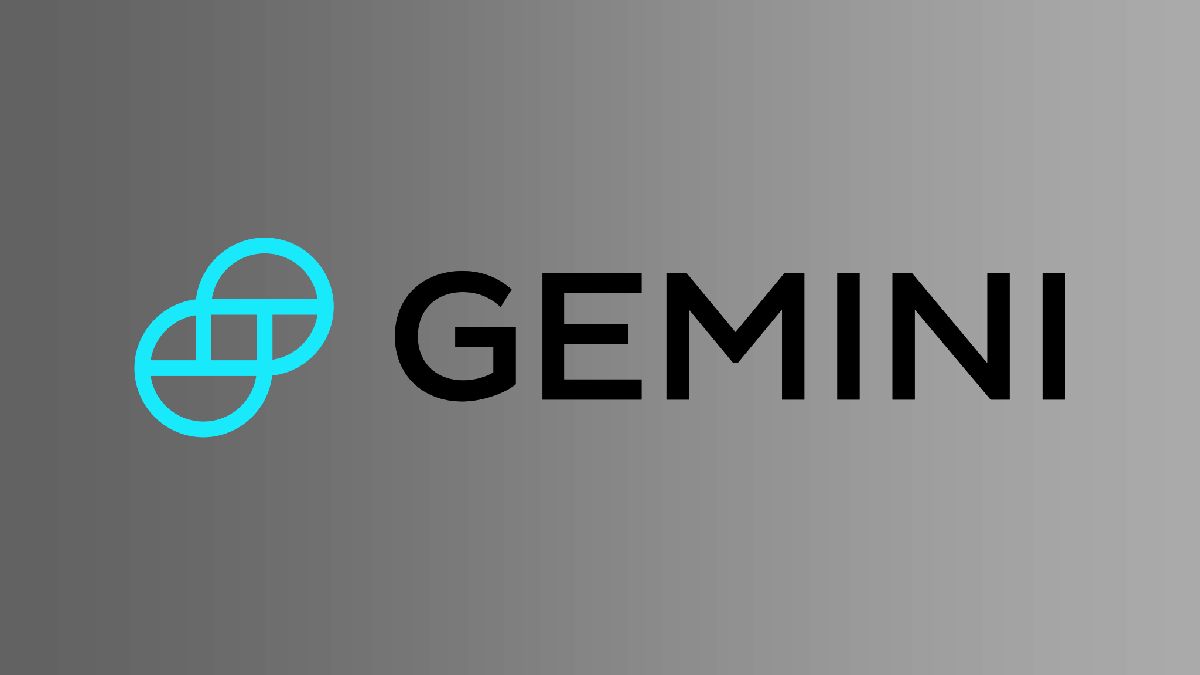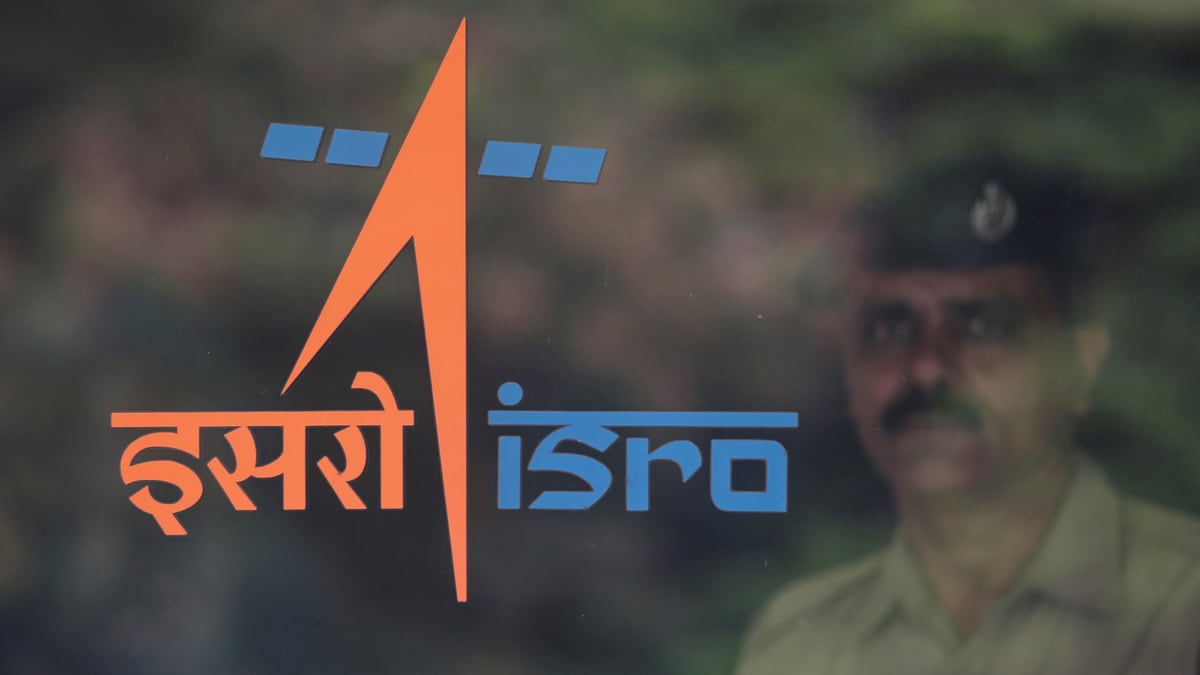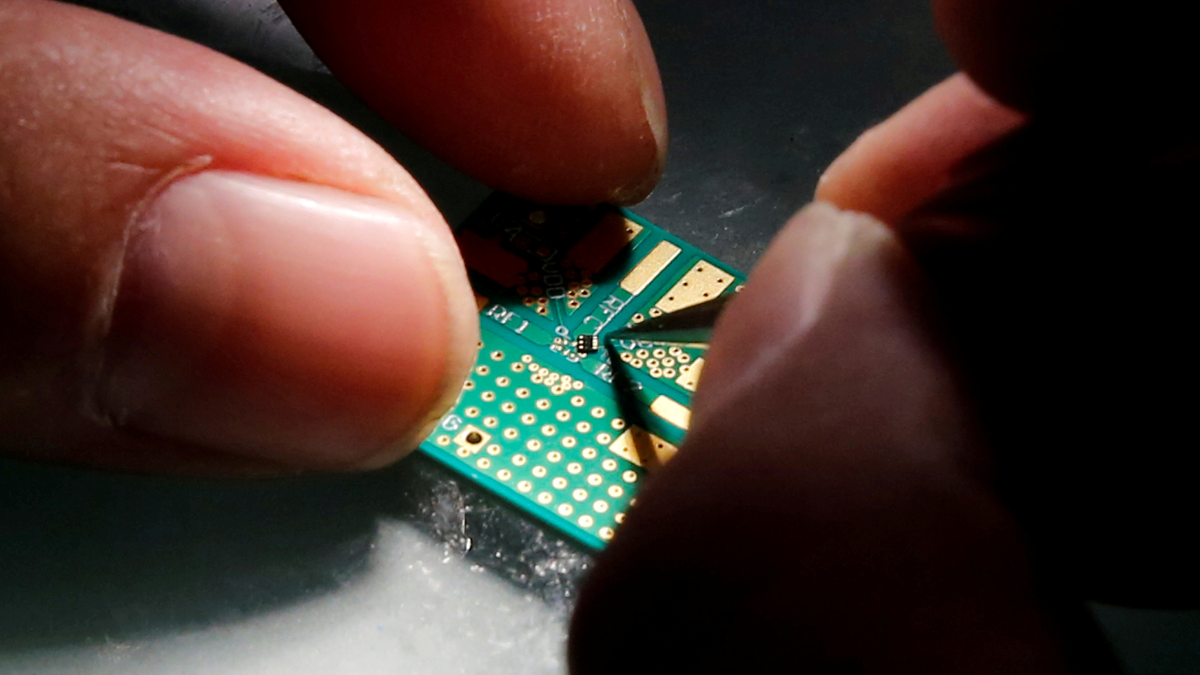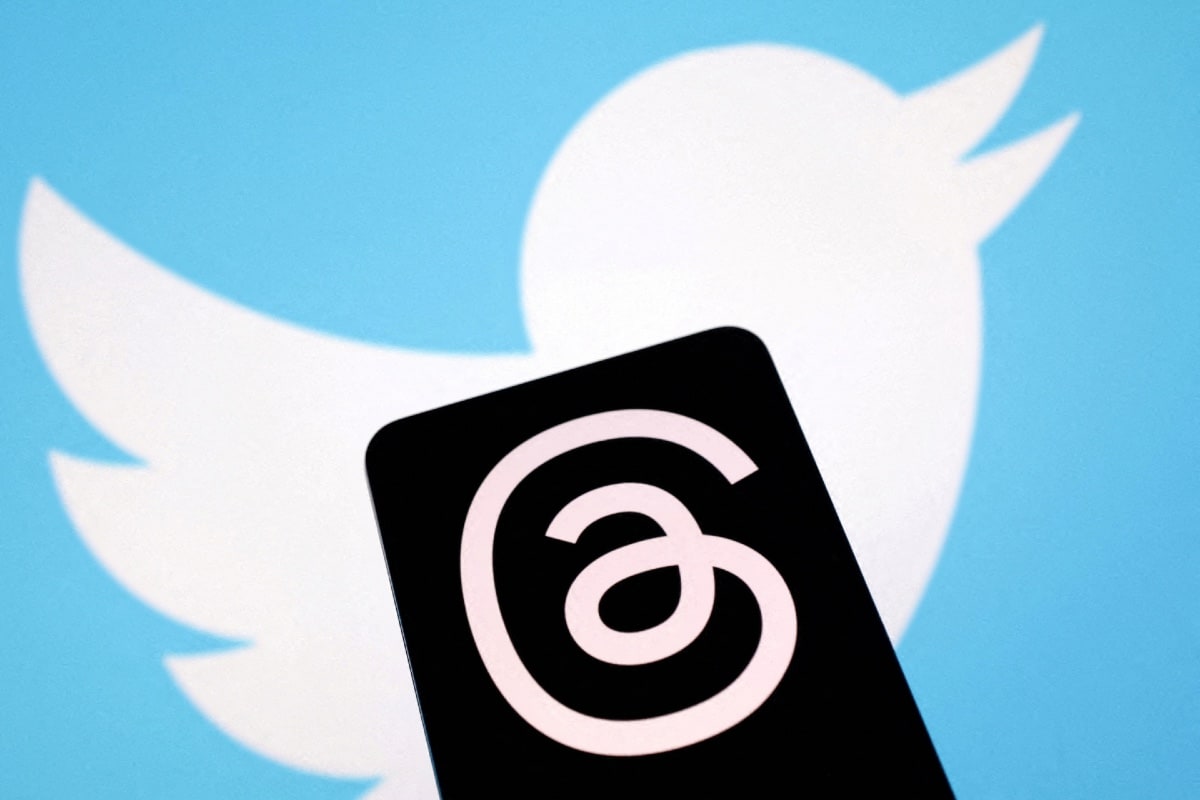Gadgets And Technology Daily News | 08 Jul 2023

Views (118)

Kaya Scodelario Joins Cast of Netflix Limited Series 'Senna'

English actor Kaya Scodelario has boarded the cast of the Netflix miniseries 'Senna', based on the life of Brazilian racing legend Ayrton Senna da Silva.
The actor is best known for featuring in 'The Maze Runner' and 'Pirates of the Caribbean: Dead Men Tell No Tales'. The streaming platform had in March roped in actor Gabriel Leone to portray Ayrton Senna in the series, which was being shot in Brazil and Argentina. Brazilian Ayrton Senna, a three-time F1 world champion, was killed in a racing accident in 1994.
'Senna' is described as a story, detailing the adventure and triumph of the man who became a Brazilian national hero and conquered the world's attention both on and off the Formula 1 track, as per the official logline of the series. Senna was one of the top racing drivers of the late 1980s and early 1990s, winning 41 Grands Prix over the course of his career. He died in 1994 during the San Marino Grand Prix, when he hit a concrete wall at well over 200km/h.
According to entertainment news outlet Deadline, 31-year-old Kaya Scodelario will play a fictional character in the series. "Being half Brazilian it has always been a dream of mine to work on a Brazilian production. It is an honour to be involved in a project that tells the story of Ayrton, a true national hero who means so much to the people of Brazil and around the world. It's a huge responsibility and I am so excited to go on this journey," Scodelario said in a statement.
The six-part show, being produced with the approval and participation of Senna's family, is directed by Vicente Amorim and Julia Rezende. Scodelario will next be seen in the Netflix series 'The Gentlemen', alongside 'White Lotus' star Theo James.
Chandrayaan-3 Lunar Mission: ISRO Chief Invites Citizens to Watch Live Launch on July 14

The Indian Space Research Organisation (ISRO) on Friday invited citizens to witness the launch of Chandrayaan-3 from the Launch View Gallery at SDSC-SHAR, Sriharikota, by registering at lvg.shar.gov.in/VSCREGISTRATIO.
"Vehicle electrical tests completed. Citizens are invited to witness the launch from the Launch View Gallery at SDSC-SHAR, Sriharikota, by registering at https://lvg.shar.gov.in/VSCREGISTRATIO," tweeted ISRO.
Earlier, the Director of the Indian Space and Research Organisation (ISRO), S Somanath, announced that Chandrayaan-3, India's planned third lunar exploration mission, will be launched on July 14 at 2.35 pm from the Satish Dhawan Space Centre in Sriharikota, Andhra Pradesh.
On the launch of Chandrayaan-3, Somanath said, "On July 14 at 2:35pm IST, Chandrayaan-3 will lift off, and if everything goes well, it will land (on the moon) on August 23. The date is decided based on when the sunrise is on the moon; it will depend on the calculations, but if it gets delayed, then we will have to keep the landing for the next month in September."
The Chandrayaan-3 mission is scheduled to be launched at 2.35 pm on July 14 from the Satish Dhawan Space Centre in Sriharikota, Andhra Pradesh.
Chandrayaan-3 is a follow-on mission to Chandrayaan-2 to demonstrate end-to-end capability in safe landing and roving on the lunar surface.
The lander of Chandrayaan-3 is expected to soft-land on the surface of the Moon on August 23 or 24.
He also said ISRO's prime objective was to enable a safe and soft landing of Chandrayaan-3.
"Our main objective is a safe and soft landing; all equipment will be fine if it goes safely and there is a soft landing. We are good with the landing system. Rover will come out after landing, the rover has 6 wheels, and we are expecting the rover will work for 14 days on the moon...With the support of multiple cameras on the rover, we will receive images. We have a solar panel on the rover. We already tested it, and we have good results with the battery," Somanath added.
Vedanta to Take Over Foxconn Chip Joint Venture From Twin Star Technologies

Anil Agarwal-led Vedanta Group will acquire 100 percent stake in semiconductor and display units from sister concern Twin Star Technologies, the conglomerate said on Friday. Twin Star Technologies is a wholly-owned subsidiary of Volcan Investments Limited which is the ultimate holding company of Vedanta Limited.
The new structure will make Vedanta India's first company in Integrated Semiconductor and Display Fab Business.
"The Board of Directors at their meeting held today, July 7, 2023, have considered and approved the acquisition of 100 per cent of Vedanta Foxconn Semiconductors Private Limited (VFSPL) and Vedanta Displays Limited (VDL), wholly owned subsidiaries of Twin Star Technologies Limited (TSTL) via share transfer at face value," Vedanta said in a regulatory filing.
The transaction is expected to close during the ongoing quarter.
With this restructuring, Vedanta Limited announced the addition of semiconductors and display glass manufacturing ventures to its diversified portfolio.
"Vedanta is committed to making India self-reliant in electronics. This is the beginning of the creation of a Silicon Valley in India, a cutting edge and world class electronics ecosystem. My dream is for every Indian youth to have an affordable smartphone, laptop and an electric vehicle," Vedanta Chairman Anil Agarwal said in a statement.
Vedanta said that semiconductor and display glass manufacturing represents a large growth opportunity for India.
It said that the semiconductor market stood at $24 billion (nearly Rs. 1,98,270 crore) in 2022 and is estimated to reach $80 billion (nearly Rs. 6,60,900 crore) by 2026.
The display panel market is estimated to be worth $7 billion (nearly Rs. 57,800 crore) and is expected to grow to $15 billion (nearly Rs. 1,23,900 crore) by 2025. Currently, India imports 100 percent of these requirements, the statement said.
"We believe that semiconductors and display fab are at the core of any electronics ecosystem. This will also spawn the creation of multiple ancillary industries and opportunities in both downstream and upstream, creating jobs and will be a GDP multiplier," Vedanta's semiconductor and display business global MD Akarsh Hebbar said.
The company said that made-in-India semiconductors and display glass will facilitate affordable electronics — smartphones, laptops, televisions, and electric vehicles — for all Indians.
The company had earlier announced that the plant will be set up with an investment of around Rs. 1.5 lakh crore and start making revenue by 2027.
"I believe that India can become the next semiconductor hub for the world. It has all the ingredients for success," Vedanta's Semiconductor Business CEO David Reed said.
Vedanta has its presence in the LCD glass substrate business through its subsidiary Avanstrate.
"This is India's time to become only the 5th country in the world to manufacture display glass. The impact on consumers in terms of affordability of devices will be huge," Display Business CEO Y J Chen said.
Twitter Could Face Difficulties Showing Meta Stole Trade Secrets for Threads

Twitter's claim that Meta Platforms stole trade secrets to build its new microblogging site may be the first volley in a legal battle between the social media giants, but experts say Twitter would have to clear a high hurdle if it sues.
In a letter sent on Wednesday, Twitter alleged that Meta used its trade secrets to develop its new social media platform, Threads, and demanded that it stop using the information. Twitter said that Meta had hired dozens of former Twitter employees, many of whom "improperly retained" devices and documents from the company, and said Meta "deliberately" assigned them to work on Threads.
It was unclear whether any lawsuit would be filed.
A spokesperson for Twitter did not immediately reply to a request for comment. Meta spokesperson Andy Stone said in a Threads post on Thursday that no one on the site's engineering team is a former Twitter employee.
Legal experts said that while many companies have accused competitors that hired former employees and have a similar product of stealing trade secrets, the cases are difficult to prove.
To win, a company needs to show its competitor took information that was economically valuable and which the company had taken "reasonable efforts" to keep secret, said Polk Wagner, a law professor at the University of Pennsylvania.
But the question of what constitutes a "reasonable effort" can be tricky, he said.
"The courts are pretty clear that you can't just wave your hands and say something is a trade secret. On the other hand, you don't have to lock everything down so much that nobody can use the information," Wagner said.
Designating 'secrets'
Meta launched Threads on Wednesday in what could be the first real threat to Twitter, which has alienated many users and advertisers since billionaire Elon Musk bought the microblogging site last year.
Threads shares some resemblance to Twitter, as do the numerous other social media sites that have cropped up in the last several months.
One element courts look at is whether a company made clear to employees that the specific information at issue was a trade secret.
Sharon Sandeen, a professor at Mitchell Hamline School of Law in St. Paul, Minnesota, said that companies have lost trade-secret cases when they claimed that employees were bound by broad agreements designating all the company's information as confidential.
Courts have said that employees have no way of knowing from such sweeping language what is and is not confidential, she said.
Companies often bring trade-secret cases only to find their claims are not as strong as they thought, experts said.
Sandeen pointed to the high-profile legal battle between Alphabet's Waymo self-driving vehicle unit and ride-share company Uber Technologies. The case began with allegations of thousands of stolen documents, and ended with a dispute over a small handful, she said.
Uber settled the case on the eve of trial for $245 million (nearly Rs. 2,000 crore) worth of its own shares.
While trials are rare in trade-secret cases, settlements are common, said Wagner.
"The incentives to settle in these sorts of cases are especially strong because nobody wants the secrets being discussed more than necessary," he said.
© Thomson Reuters 2023
Samsung Galaxy S23 FE With Exynos 2200 SoC Spotted on Geekbench: Report

Samsung Galaxy S23 FE is expected to launch soon. It is the Fan Edition model of the Samsung Galaxy S23 series and is said to succeed the Galaxy S21 FE, which was released in January 2021 — the South Korean tech giant skipped the Galaxy S22 FE model. Reportedly, the company may also relaunch the Galaxy S21 FE in India with a different chipset. A new report suggests that a Geekbench listing of the upcoming Galaxy S23 FE shows some key specifications of the purported handset.
According to a SamMobile report, the Galaxy S23 F3 model showed up on Geekbench on Thursday. The listing suggested that the phone will be powered by an in-house octa-core Exynos 2200 SoC, the same chipset used in the Galaxy S22 series models. All of the Galaxy S23 phones, including the base Galaxy S23, Galaxy S23+ and the Galaxy S23 Ultra, used Qualcomm's latest and fastest yet Snapdragon 8 Gen 2 SoC.
It is speculated that the company's move to replace the Qualcomm chipset may actually just be to clear stock of the Exynos SoCs. Notably, the rumoured shift had been reported previously, so it does not come as a complete surprise.
The Geekbench listing adds that the phone with the model number SM-S711B will launch with 8GB of RAM and run Android 13 out-of-the-box, with likely a One UI skin on top. The phone has also been tipped to carry a 4,500mAh battery, since it was found listed on the Safety Korea battery certification website.
An earlier leak tipped that the Exynos chipset will be paired with an Xclipse 920 AMD GPU along with up to 8GB of LPDDR5 RAM and up to 256GB of UFS 3.1 inbuilt storage. The same leak added that although certain markets may see the Galaxy S23 FE model launch as late as Q4 2023, most regions are expected to see the model released by the third quarter of the year.
The phone has also been tipped to feature a 6.4-inch flat display with a likely centre-aligned hole-punch slot for the front camera, which could sport a 12-megapixel sensor. The body is expected to have rounded corners. Its design has been said to resemble that of the Galaxy A54 5G model released earlier this year.
Much like the rest of the Galaxy S23 series models, the Fan Edition version is also expected to come with a triple rear camera unit which could include a 50-megapixel primary sensor, a 12-megapixel sensor with an ultra-wide-angle lens, and an 8-megapixel sensor with a telephoto lens.
Genesis Creditor Gemini Sues Parent Company Digital Currency Group, CEO

Cryptocurrency exchange Gemini, the largest creditor of bankrupt crypto lending firm Genesis, sued parent company Digital Currency Group (DCG) and its CEO, the day after DCG missed the exchange's deadline for agreeing to a restructuring deal for the venture capital firm's troubled unit.
DCG and Gemini, two prominent players in the crypto industry, have clashed several times over the past few months following the collapse of Genesis, which filed for bankruptcy in January.
The lawsuit alleges DCG and its CEO Barry Silbert misrepresented the accounting treatment of certain liabilities that DCG assumed from Genesis as a result of losses Genesis suffered from the collapse of Singapore-based crypto hedge fund Three Arrows Capital in June 2022.
In a statement, a DCG spokesperson said it expects to soon bring the Genesis bankruptcy case to a close.
"Any suggestion of wrongdoing by DCG or any of its employees is baseless, defamatory, and completely false. From day one, DCG has remained committed to reaching an amicable solution for all parties to the Genesis bankruptcy," the spokesperson said.
The dispute between Gemini and DCG came to a head earlier this week after Gemini set a deadline for DCG to agree to a restructuring deal by Thursday afternoon. Gemini's co-founder Cameron Winklevoss had said that after that deadline, his company would sue DCG and Silbert.
Although the lending unit of Genesis had initially outlined a plan to exit bankruptcy by May, it has yet to reach an agreement on a restructuring plan with creditors, to whom it owes more than $3 billion (nearly Rs. 24,800 crore), according to court filings. Gemini is seeking to recoup more than $1.1 billion (nearly Rs. 9,100 crore) from Genesis.
© Thomson Reuters 2023
0 Likes
